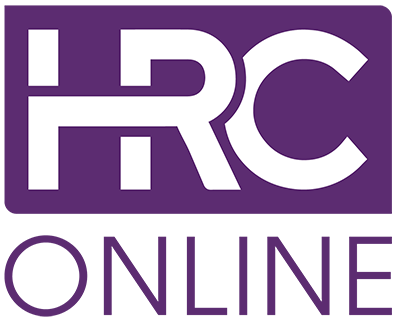
Carewashing is the newest word in Human Resources. Want proof?
In the US, only 20% of employees believe their bosses genuinely care about their wellbeing? And if you think it’s only a problem for people across the pond, think again.
So what is carewashing? What does it look like? And how can HR advisors and managers avoid the people you care for thinking you don’t care at all?
What is Carewashing?
Any word that has the ending -washing means someone is trying to cover up something by pretending to care. Greenwashing for example, would be a large oil company promoting lots of tree planting, whilst still drilling for oil and polluting the environment. It looks good, but only when you don’t look at all of it.
For carewashing, the definition is simple – companies and a organisations putting in easy to implement wellbeing strategies whilst continuing unhealthy work practices. For example, many companies include wellbeing apps such as Calm, Thrive, GoVida and others to help employees lead a balanced and healthier lifestyle. The issue comes if these great apps are not partnered with good processes, genuine compassion, and good HR practices.
When you do the easy, but fail at the hard, that’s carewashing.
The Reality Check on Wellbeing
While UK companies increasingly tout wellness initiatives, real engagement lags. Just like in the US, UK employees are often hesitant to open up about their wellbeing struggles. Why? Because talking about mental health or personal issues at work can sometimes feel like waving a red flag, leading to fears about judgment, job security, and even promotions.
In an article from People Management, Daniel Wheatley, a senior lecturer at the University of Birmingham, stated that “wellbeing washing” in workplace wellness programs was widespread:
“Where employees perceive their employer to be ticking boxes with their wellness programme it is likely they will feel that their employer does not really care about their wellbeing. Where this is the case employees are likely to be less satisfied with their jobs and less committed to their organisation.” Wheatley’s insight shows that when companies emphasise surface-level wellness initiatives with nothing to back then up, problems arise.
Beyond Gym Memberships and Mindfulness Apps
For those studying CIPD qualifications like the Level 3 and Level 5, it’s essential to know that a good wellbeing strategy isn’t about finding a golden, app-based solution. HR must invest in training managers who can genuinely support employees, allow open conversations, and eliminate the fear of the consequences.
No one wants their HR strategy to feel tacked-on, or superficial, but if employees aren’t supported by meaningful changes in company culture, that’s all it is. Wellbeing is about more than a few benefits. It’s about strong leadership that fosters a culture where people actually feel comfortable discussing these issues.
Employees know when initiatives are just a PR stunt. Real engagement requires empathy and action—acknowledging burnout, empowering managers, and ensuring every wellness initiative addresses the true needs of employees. For HR professionals, this is the future of HR: prioritising real wellbeing over optics and giving employees a voice.
Further Reading
Abraham JM (2019). Employer wellness programs—a work in progress. JAMA, 321(15), 1462–1463. https://doi.org/10.1001/jama.2019.3712
Alfes K, AD Shantz, C Truss, & EC Soane (2013). The link between perceived human resource management practices, engagement and employee behaviour: a moderated mediation model. International Journal of Human Resource Management, 24(2), 330–351. https://doi.org/10.1080/09585192.2012.665069
Bakker AB, E Demerouti, & MC Euwema (2005). Job resources buffer the impact of job demands on burnout. Journal of Occupational Health Psychology, 10(2), 170–180. https://doi.org/10.1037/1076-8998.10.2.170
Ballien E, J Kiss, & J Knous (2016). An assessment of participation and initiatives in an established corporate wellness program. Medicine and Science in Sports and Exercise, 48(5), 755. https://doi.org/10.1249/01.mss.0000488023.76228.0b
Bowling NA, GM Alarcon, CB Bragg, & MJ Hartman (2015). A meta-analytic examination of potential correlates and consequences of workload. Work & Stress, 29(2), 95–113. https://doi.org/10.1080/02678373.2015.1033037
Dollard MF, T Opie, S Lenthall, J Wakerman, S Knight, S Dunn, G Rickard, & M MacLeod (2012). Psychosocial safety climate as an antecedent of work characteristics and psychological strain: A multilevel model. Work & Stress, 26(4), 385–404. https://doi.org/10.1080/02678373.2012.734154
Goetzel RZ, RM Henke, M Tabrizi, KR Pelletier, R Loeppke, DW Ballard, J Grossmeier, DR Anderson, D Yach, RK Kelly, T’ McCalister, S Serxner, C Selecky, LG Shallenberger, JF Fries, C Baase, F Isaac, KA Crighton, P Wald, E Exum, D Shurney, & RD Metz (2014). Do workplace health promotion (wellness) programs work? Journal of Occupational and Environmental Medicine, 56(9), 927–934. https://doi.org/10.1097/JOM.0000000000000276




